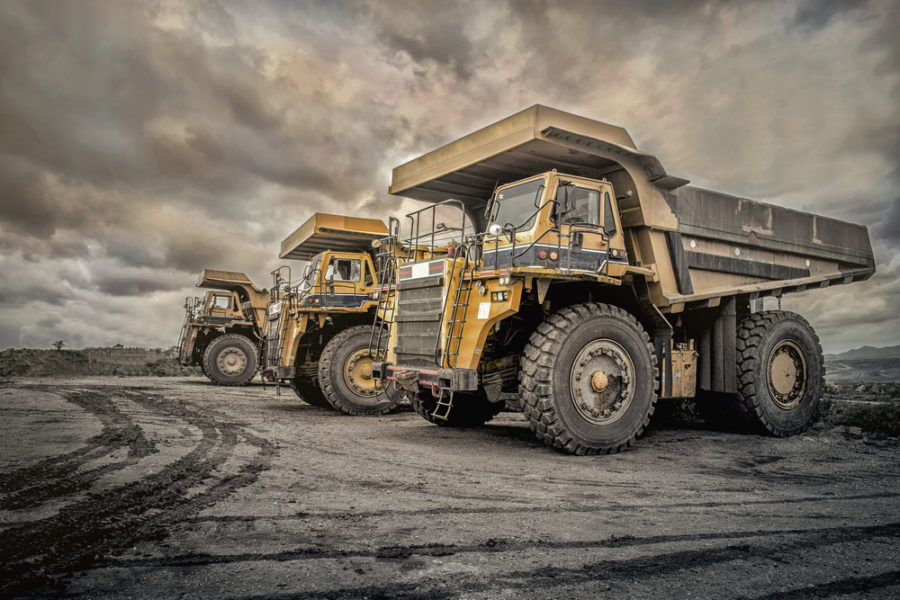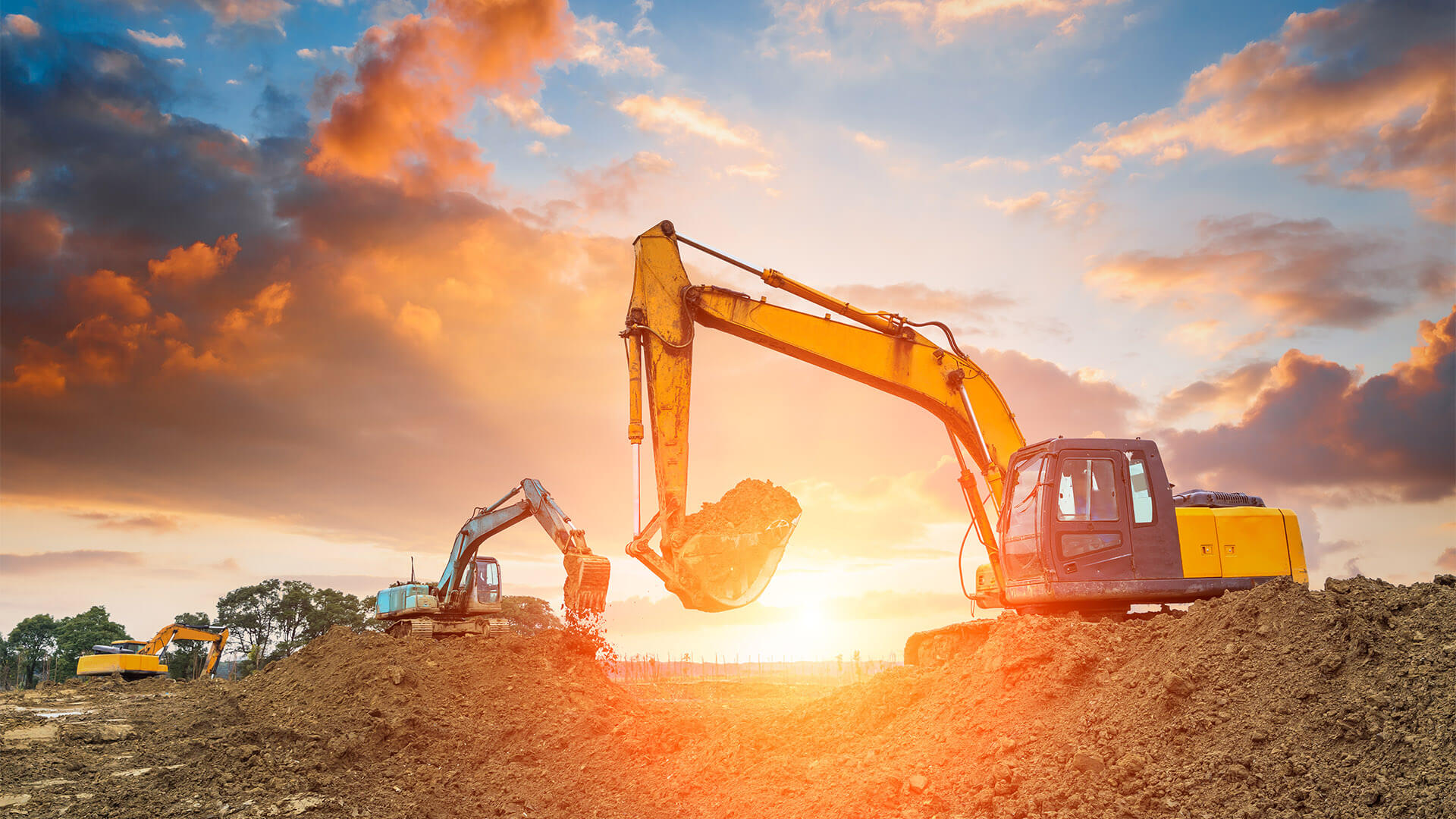Boom Lift Rental: Reach New Levels Securely
Boom Lift Rental: Reach New Levels Securely
Blog Article
Renting Vs. Acquiring Construction Devices: Making the Right Choice for Your Task
When embarking on a construction job, among the important choices that predict stakeholders and managers deal with is whether to rent out or purchase building and construction devices. Both options have their advantages and downsides, making the choice a critical one in the project preparation procedure. The choice pivots on different factors such as expense considerations, project duration, tools maintenance, versatility, scalability, and risk administration. Each component plays an essential role in determining the most appropriate path for the task's equipment demands. mini excavator rental. Allow's discover these factors further to recognize how they influence the decision-making procedure and inevitably the success of the project.
Cost Factors To Consider
When evaluating the monetary aspect of leasing versus purchasing building devices, the long-lasting expenses and upfront costs must be very carefully taken into consideration. Leasing devices frequently calls for reduced initial settlements compared to buying, making it an appealing alternative for temporary tasks or contractors with budget restraints. Leasing gets rid of the requirement for large capital outlays and decreases the monetary risk associated with tools ownership, such as upkeep and depreciation prices. Nonetheless, over time, consistently renting out equipment can accumulate greater costs than purchasing, especially for extensive tasks.
On the various other hand, purchasing construction tools entails greater upfront expenses yet can cause long-term financial savings, specifically for lasting jobs or regular users. Possessing devices supplies flexibility, convenience, and the capacity for resale worth once the task is finished. In addition, possessing tools permits customization and knowledge with specific equipment, potentially boosting effectiveness and productivity on-site. Ultimately, the choice between renting out and buying building devices rests on the task's duration, frequency of use, budget plan factors to consider, and lasting financial objectives.
Job Duration

Conversely, for long-lasting projects or recurring building job, getting tools could be the more cost-effective option. Purchasing tools can cause cost financial savings over time, especially if the equipment will certainly be often used. Additionally, owning tools gives a feeling of control over its schedule and enables personalization to fit details task requirements.

Equipment Upkeep
Offered the critical duty project duration plays in identifying the most cost-efficient approach between renting out and acquiring building equipment, the emphasis now shifts in the direction of checking out the vital aspect of tools maintenance. On the other hand, possessing tools requires an aggressive technique to maintenance to stop failures, guarantee safety, and prolong the devices's lifespan. Inevitably, a well-kept building and construction devices fleet, whether rented out or owned, is important for the effective and effective conclusion of construction projects.
Versatility and Scalability
In the realm of construction devices management, the facet of adaptability and scalability holds substantial significance for project efficiency and source utilization. Choosing to rent out building and construction devices supplies a high level of adaptability aerial lift rental as it enables the quick modification of tools kinds and amounts based on the developing needs of a project. Renting out allows professionals to access a variety of specialized devices that may be needed for particular jobs without the long-lasting dedication of possession. This adaptability is especially beneficial for tasks with differing demands or unpredictable periods (dozer rental).
Leasing building and construction tools supplies the advantage of conveniently scaling operations up or down as project needs rise and fall. Specialists can rapidly exchange or include tools to match the project's changing demands without the restraints of possessing properties that may come to be underutilized or obsolete.
Risk Monitoring
Efficient danger administration in construction equipment operations is paramount to guaranteeing job success and mitigating prospective monetary losses. Building and construction jobs naturally involve different risks, such as equipment failures, crashes, and task hold-ups, which can significantly impact the job timeline and budget plan. By meticulously thinking about the dangers associated with owning or renting out construction tools, task supervisors can make enlightened decisions to lessen these prospective risks.
Renting building and construction tools can offer a level of danger reduction by transferring the responsibility of maintenance and repairs to the rental company. This can reduce the financial concern on the project owner in instance of unexpected equipment failures (boom lift rental). Furthermore, leasing provides the versatility to access specialized devices for particular task stages, reducing the risk of possessing underutilized machinery
On the various other hand, owning building devices offers a sense of control over its usage and upkeep. Nonetheless, this also implies bearing the complete duty for repairs, upkeep costs, and depreciation, raising the economic risks connected with devices possession. Careful threat analysis and factor to consider of aspects such as project period, equipment usage, and maintenance demands are essential in establishing the most appropriate option for reliable threat administration in construction jobs.
Conclusion
Finally, when making a decision in between purchasing and leasing building equipment, it is necessary to think about cost, task period, equipment upkeep, risk, scalability, and flexibility administration. Each factor plays an essential role in figuring out the most appropriate alternative for the task at hand. By very carefully examining these facets, task supervisors can make an informed choice that straightens with their budget plan, timeline, and overall task objectives.

Report this page